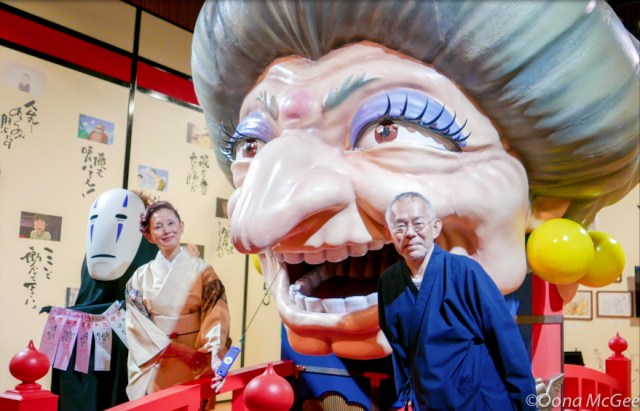
We catch up with No Face, Mari Natsuki, who voiced the character of Yubaba, and legendary producer Toshio Suzuki at the limited-time exhibition.
Back in January, Studio Ghibli made the grand announcement that it would be opening a brand new exhibition in Tokyo to honour the beautiful calligraphy and words of wisdom from the studio’s co-founder and producer Toshio Suzuki.
Called the “Toshio Suzuki and Ghibli Exhibition”, the event promised to wow visitors with special exhibits from Ghibli movies and an awesome themed menu, which had us impatiently counting down the days to the event’s 21 April grand opening.
In the end, we were lucky enough to get a sneak peek of the whole exhibition before it opened to the public, and joining us on the day were some very famous faces.
▼ Left to right: No Face, Mari Natsuki, Zeniba, and Toshio Suzuki.
Mari Natsuki is a singer and voice actress who voiced the characters of Yubaba and Zeniba in the 2001 anime film Spirited Away, and these characters take centre stage at the new exhibition with a host of related merchandise and a giant display in their honour.
The exhibition is being held in a hall on the grounds of Kanda Myojin Shrine in Tokyo, which lends an otherworldly air of spiritual magic to the event, and just like at a shrine, there are omikuji fortunes here, located in the main exhibition room.
▼ The omikuji are located next to the two-faced display of Yubaba and her older twin sister Zeniba.
Visitors receive their omikuji fortunes by shaking a number out of these wooden holders, in the same way you would at a shrine.
There are two sets of wooden drawers beside the giant Yubaba/Zeniba display, with one holding the fortune paper slips for the red “Love Omikuji” and the other containing the “Fortune Omikuji“.
Opening the drawer that corresponds to the number drawn out of the wooden holders reveals your fortune, which you can take home with you.
No matter what level of luck is displayed on your fortune, each one contains beautiful calligraphy penned by Suzuki himself!
If you don’t mind waiting in line, you can head over to the mouths of the characters to pull out your omikuji fortune.
Inside each character’s open mouth, you’ll be able to see two rows of wooden tags with tassels attached to them.
On the blue side, Zeniba has blue tags which correspond to the “Better Fortune” numbers.
In Spirited Away, Sen and Lin (Rin) use a tag from the foreman to connect up the bathwater and fill the tub at the magical bathhouse. Yanking on the rope allows Sen to make hot water flow into the huge bathtub in the movie, but yanking on the tags inside the open mouths at the exhibition gives you a totally different experience.
Check out the video below to see what happens:
Walking around to the back, you’ll be able to pull on a red tag inside Yubaba’s mouth, which will reveal your omikuji fortune number, along with with a special phrase for you to enjoy.
Pulling on a “Love Omikuji” tag here (all numbers are written in Japanese kanji) will let you know which numbered drawer to open to receive your fortune.
After enjoying the interactive omikuji experience, you might get extra lucky with an appearance from No Face, who might just slink out from the shadows and grace you with its presence, which is equal parts cute and creepy at the same time.
This Ghibli-approved No Face makes you feel like you’ve entered the world of Spirited Away, as its silent face stares out at you, expressing a surprising amount of emotions depending on the angle of the mask. Add to that a mound of realistic hair, a pair of creepy claws, and a hunched slide when it walks, and you’ll have even more respect for Sen, who wasn’t afraid to befriend the spirit despite its frightening countenance.
Another highlight of the exhibition is the Spirited Away bathhouse, which comes with a special display of lights and sounds that make it seem as if all the characters are really inside the miniature building.
The scene goes from day to night, and will have you wishing you could shrink yourself down and walk across the beautiful arched bridge and into the building.
There are a number of other Ghibli references around, including this little Totoro figure drawn by director Hayao Miyazaki, which contains the kanji characters for Toshio Suzuki’s name.
There’s a giant soot sprite, drawn by Suzuki with a giant calligraphy brush…
And an image of Yubaba on a wooden plaque at the entrance to the exhibition. The words “Toshio Suzuki and Ghibli Exhibition” appear on the plaque, written by Suzuki.
The entrance to the exhibition makes you feel as if you’re entering the world of Spirited Away.
Inside, there are more Ghibli surprises, including a wall of characters that appear as stickers on messaging app Line.
And a collection of posters from some of the studio’s most famous films.
There are also production notes, which give you a behind-the-scenes look at the making of anime classics like Princess Mononoke.
Suzuki’s calligraphy, however, is the main highlight that binds together different aspects of the exhibition, and his beautiful works can be seen spread out across a number of different rooms.
While some of the works have a traditional Japanese look to them, others show a more modern, western influence.
There’s even a piece written in honour of the Never-Ending Man Hayao Miyazaki documentary that screened on public broadcaster NHK in 2016.
Suzuki’s calligraphy also appears in front of giant posters from some of Studio Ghibli’s most beloved movies.
Given that the event is entitled “Toshio Suzuki and Ghibli Exhibition”, there are a number of displays dedicated to the producer and his illustrious career.
There’s a room filled with nostalgic items that helped to nurture Suzuki’s creative mind from a young age, after his birth in Nagoya, Aichi Prefecture, in 1948, three years after the end of World War II.
▼ There’s a cosy cinema room that screens classic films from this post-war period.
And you’ll also find a wall of Animage magazines, which Tokuma Shoten began publishing in July 1978. Suzuki’s professional career started at Tokuma Shoten, when he joined the company shortly after graduating from university. He then went on to become an editor of the Animage anime and entertainment magazine when it was first created, which led him to meet future Studio Ghibli co-founders Hayao Miyazaki and Isao Takahata.
▼ Hayao Miyazaki’s manga, Nausicaä of the Valley of the Wind, was serialised in Animage from 1982 through to 1994.
One of the most touching pieces you’ll come across at the exhibition is this photo of Suzuki with his fellow studio co-founders, Miyazaki and Takahata, who sadly passed away at the age of 82 in April last year.
Some of the exhibits are prohibited from being touched or photographed, but it’s hard to be upset by this when the prohibited signs come with cute cats and little “nya” (“meow”) expressions.
Once you’ve walked through the exhibition, you’ll exit through the gift shop, which has a wide variety of goods, including some exclusive merchandise created especially for this exhibition.
Yubaba appears on a number of goods, including tenugui cloths and keychains.
▼ And there’s even a purse and kokeshi doll created in her honour!
Shinto goods like ema plaques and omamori protective amulets adorned with images of Ghibli characters are also on sale at the gift shop.
Some of the most sought-after items in the range include an ema in the shape of a shikigami, as seen in Spirited Away, and wooden tags that resemble the ones used to operate the bath in the movie.
▼ There are No Face face masks…
▼ Stationery and alarm clocks…
▼ And a mini replica of the house from the movie My Neighbour Totoro.
On the ground floor of the exhibition hall, you’ll want to stop by the cafe for a taste of some very special themed meals, including the Hakumai no Onigiri (“white rice rice balls”), which is a clever nod to the character of Haku in Spirited Away.
Each set, priced at 864 yen (US$7.71), contains three rice balls moulded on the grounds of the shrine with a wish to uplift those who eat them, in the same way that Haku’s rice ball helps Chihiro gather strength in the film.
▼ One rice ball is salt-flavoured, while the other two will contain mystery ingredients that will only be revealed to those who eat them.
There’s also the Makkuro na Kuro Goma Ohagi no Ocha Set (“Dark Black Black Sesame Rice Ball Sweet Tea Set”), which retails for 864 yen and features a round sweet that resembles the “makkuro kurosuke” (“soot sprites”) from Spirited Away.
And for dessert, there’s the “Tonari no Kakigori” (648 yen), which pays homage to the film Tonari no Totoro (My Neighbour Totoro). Made with spring water, the shaved ice dessert is created in the Ujikintoki style, with matcha syrup and sweet adzuki bean paste, and adorned with a leaf and acorn sweets, to recreate the magic of the forest seen in the film.
Other exclusive exhibition goods can also be purchased on the ground floor, including cans of nori seaweed “chips”, in plum or sesame flavours…
▼ Bottles of sake produced in collaboration with Kanda Myojin Shrine…
▼ Sake cups…
▼ Fans…
▼ Tins of candy and boxes of yokan sweets…
And biscuits that allow you to devour Suzuki’s penmanship, with one even decorated with the word “Barusu” (rendered as “balse” in English) in bright blue. As fans will know, the characters from the Ghibli film Castle in the Sky say the word “balse” in a Spell of Destruction to bring down the floating city of Laputa.
The sought-after beer bottles featuring labels written by Suzuki can also be purchased at the store on the ground floor.
There’s plenty to see, do, drink, eat, and purchase at the exhibition, so be sure to fill your handcrafted Totoro wallet with some yen and head out to Kanda Myojin Shrine during the event period, which runs from 20 April to 12 May.
However, if you want to avoid crowds that make the shrine one of the busiest places in Tokyo once a year, you’ll want to visit before the annual Kanda Matsuri festival takes place on 11-12 May.
Event information
Toshio Suzuki and Studio Ghibli Exhibition / 鈴木敏夫とジブリ展
Venue: Kanda Myojin Cultural Exchange Center “EDOCCO” at Kanda Myojin shrine hall
神田明神 文化交流館「EDOCCO」内 神田明神ホール
Address: Tokyo-to, Chiyoda-ku, Sotokanda 2-16-2
東京都千代田区外神田2-16-2
Dates: 20 April-12 May
Hours: 10:00 a.m.-6:00 p.m. (last admission 5:30 p.m.) ※ operating hours are subject to change
Admission: TBA
Website
Photos © SoraNews24
● Want to hear about SoraNews24’s latest articles as soon as they’re published? Follow us on Facebook and Twitter!

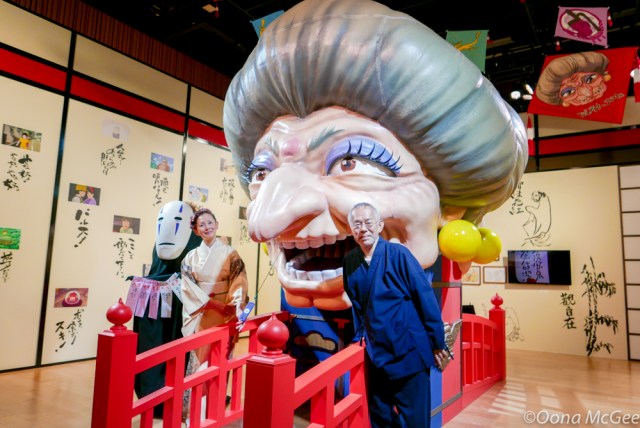
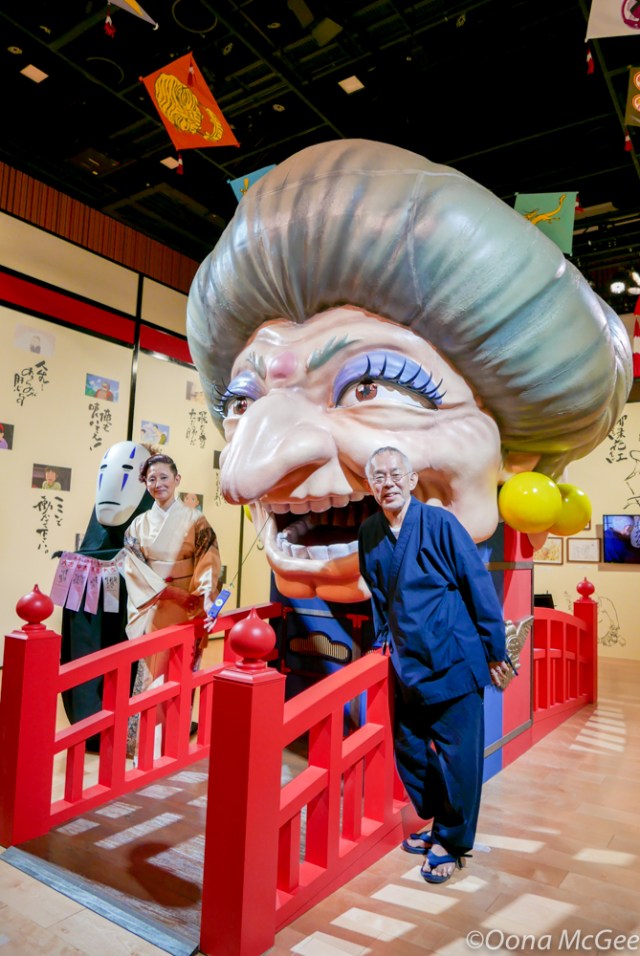
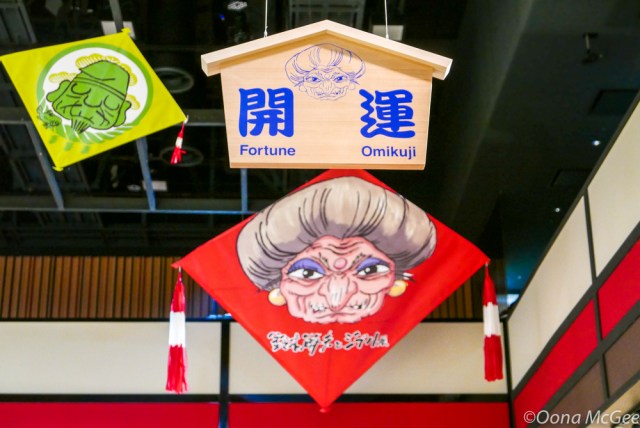
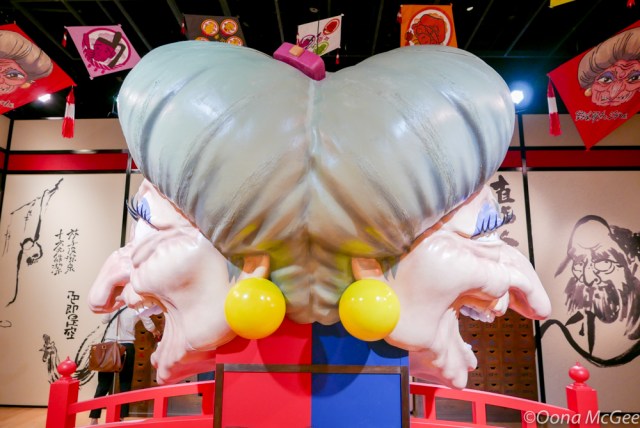
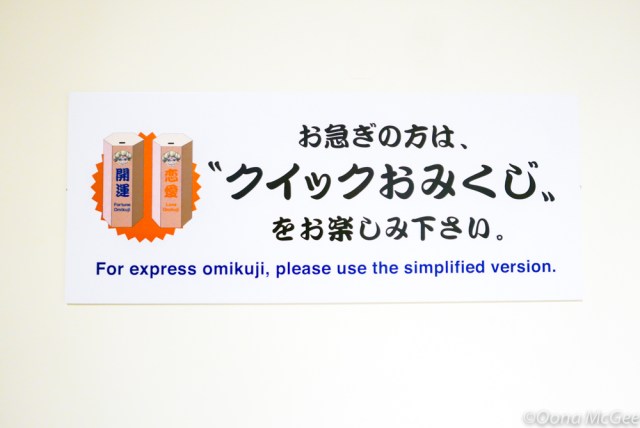
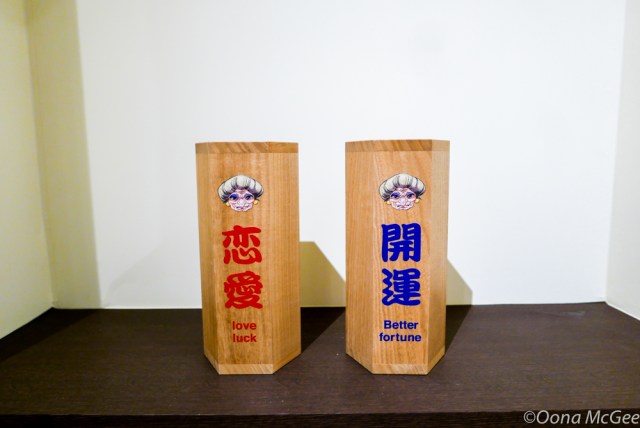
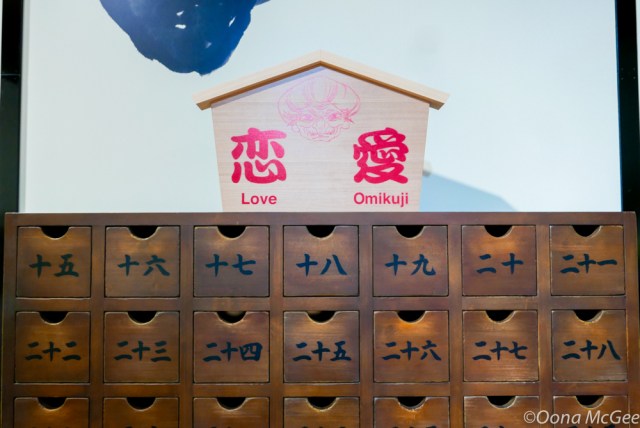
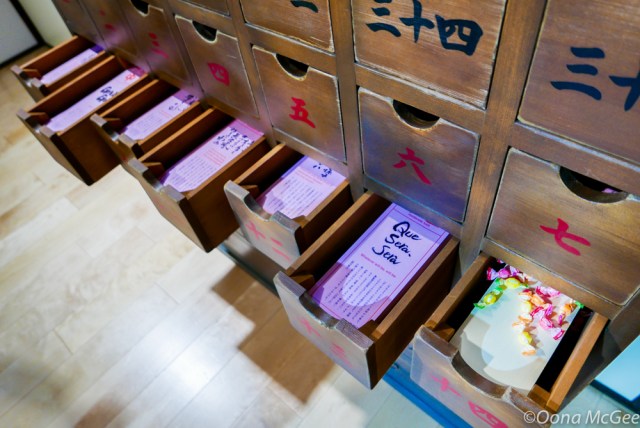
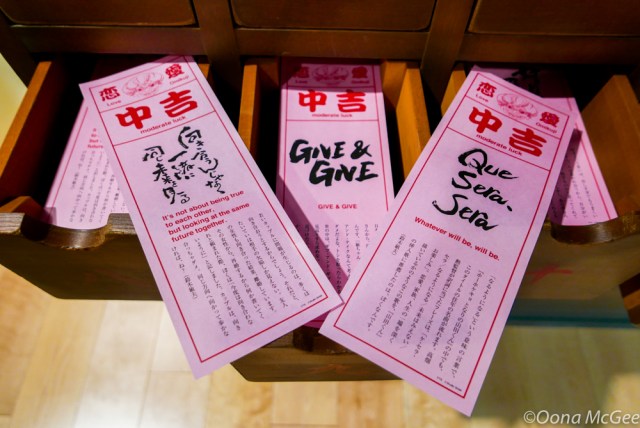
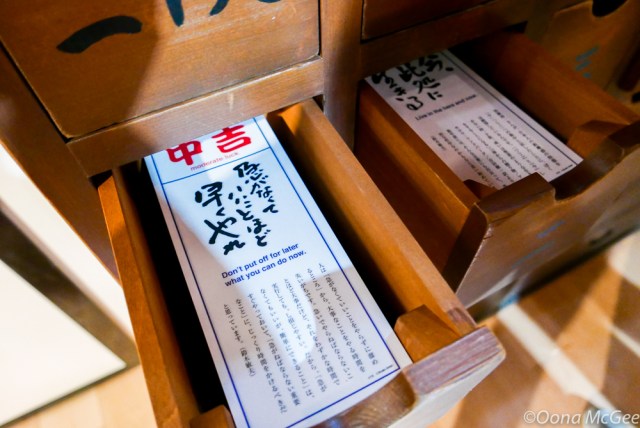
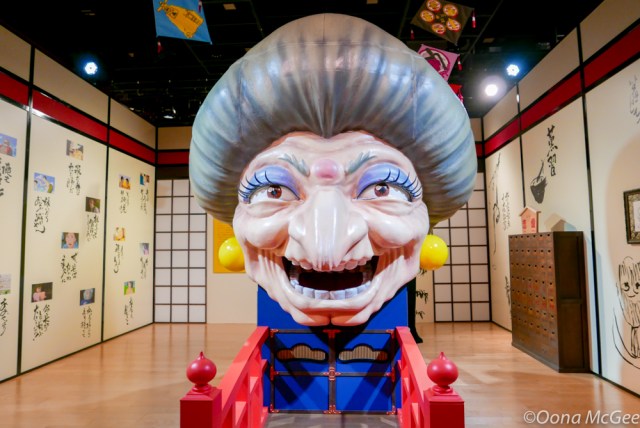
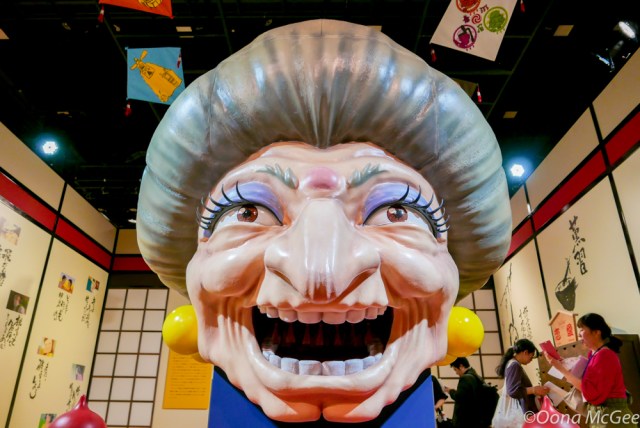
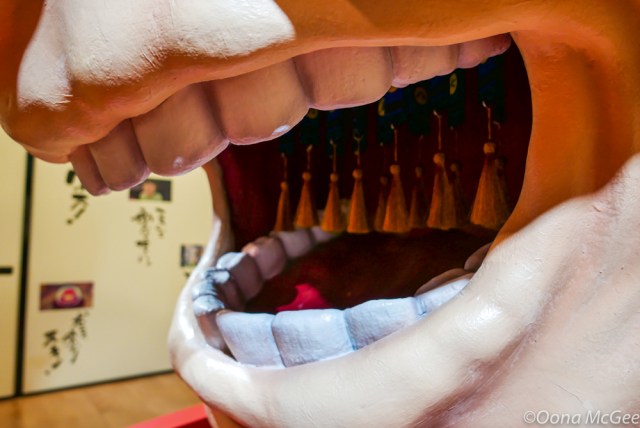
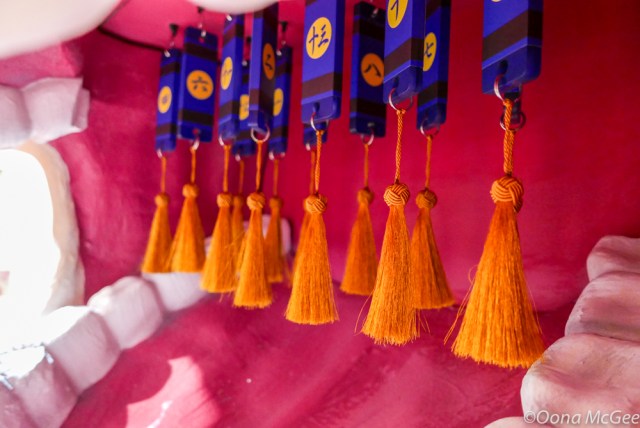
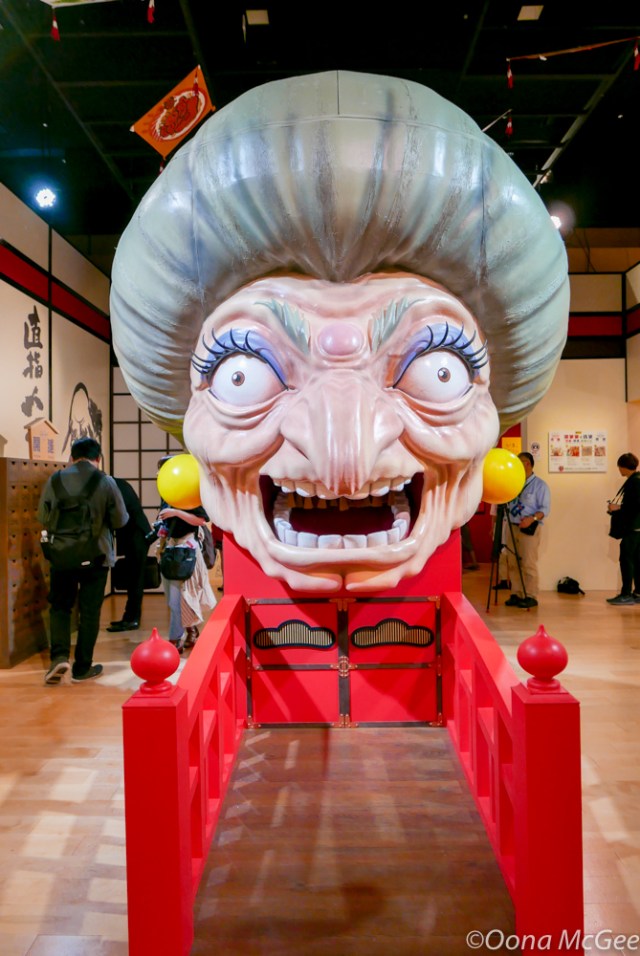
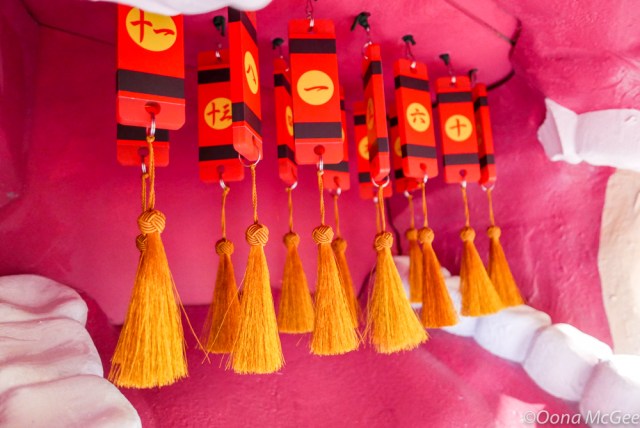
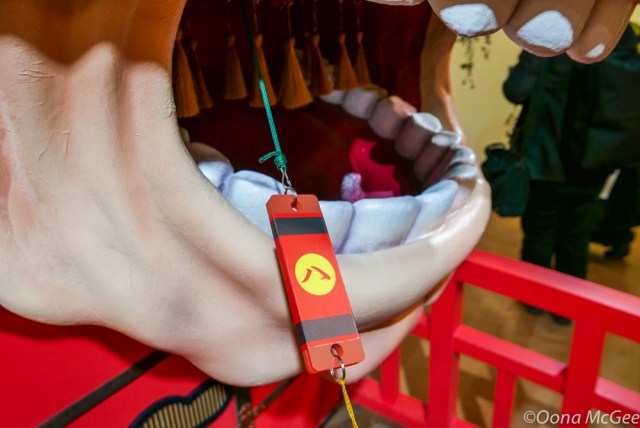
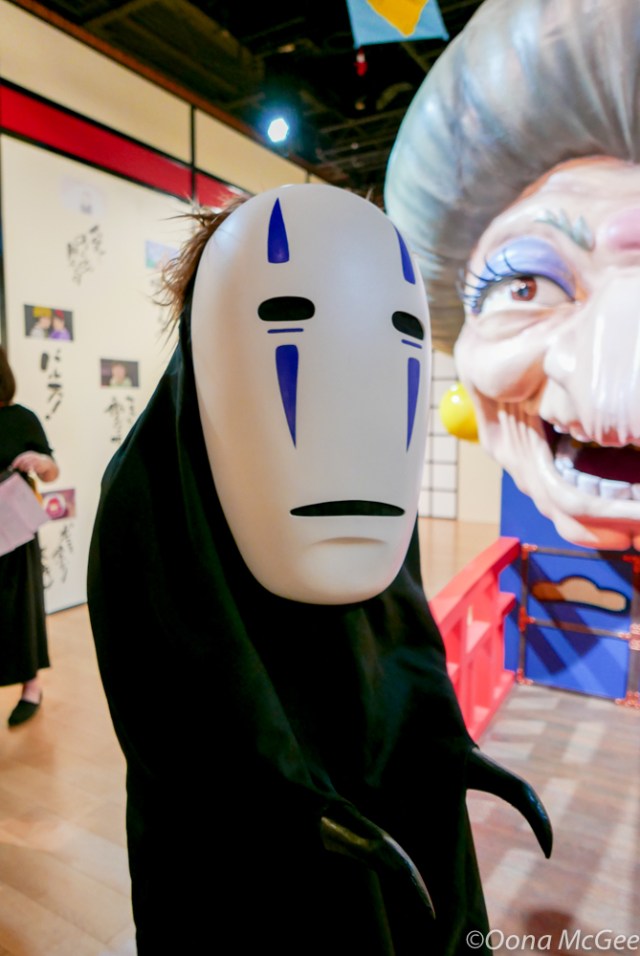
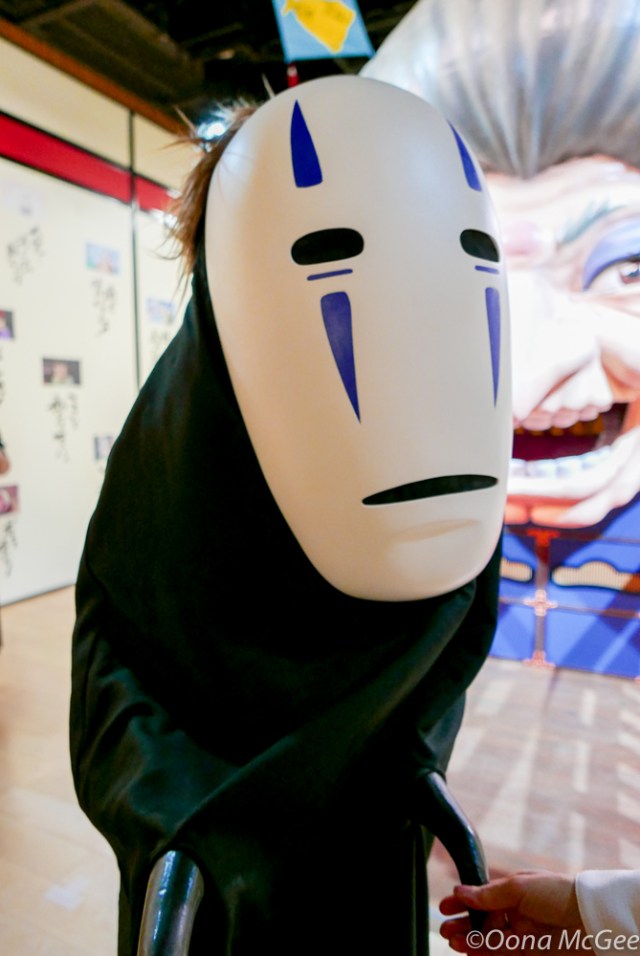
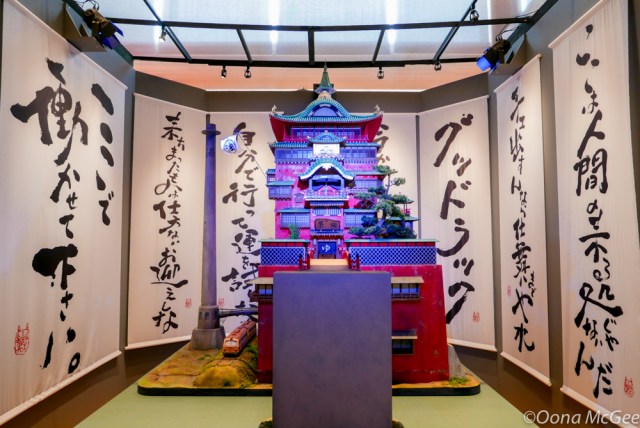
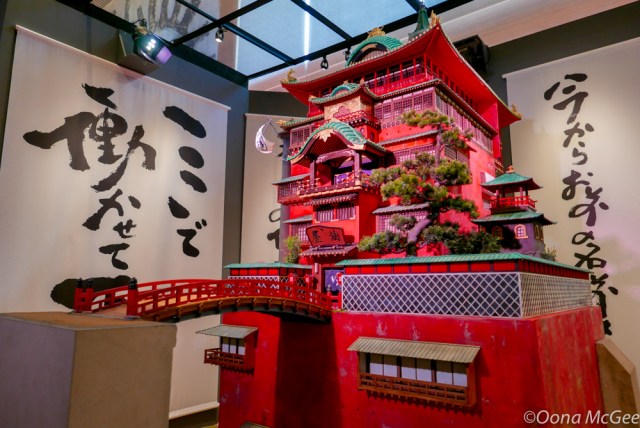
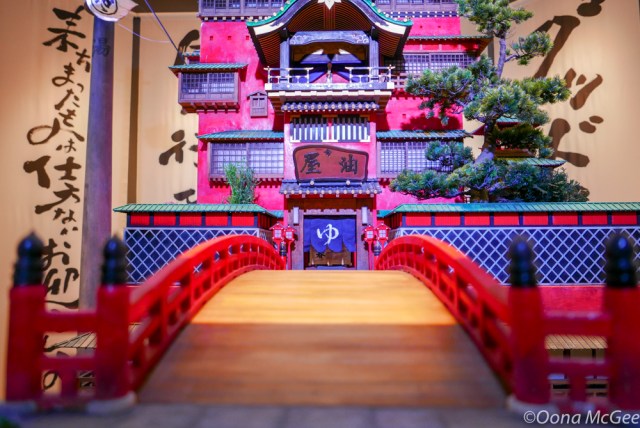
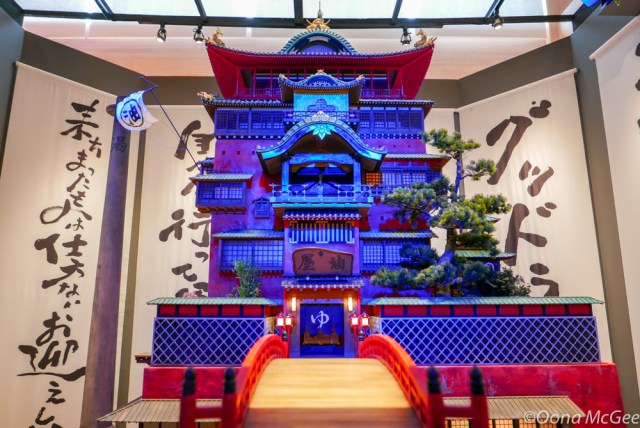
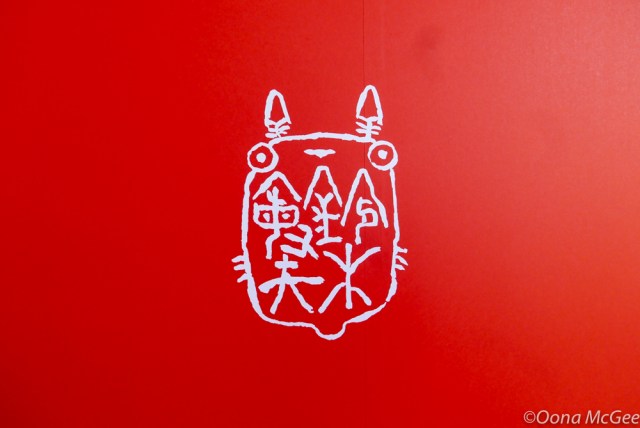
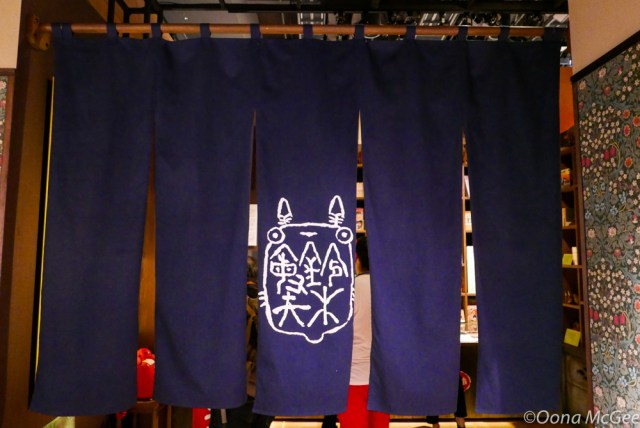
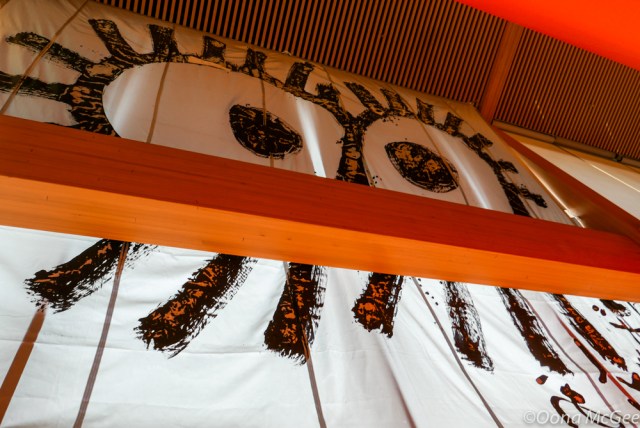
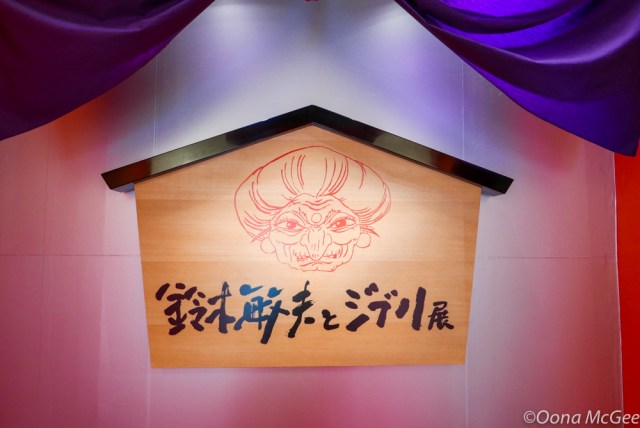
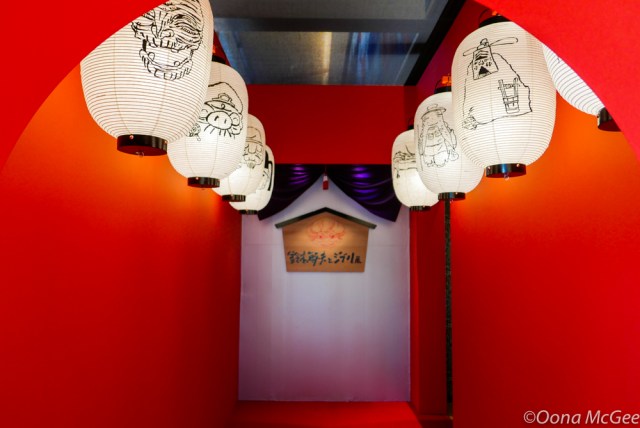
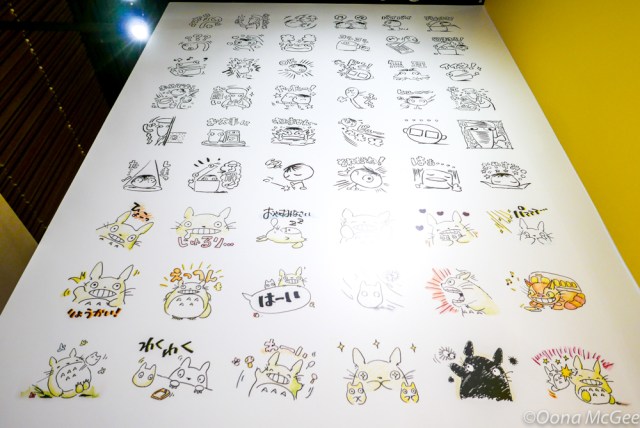
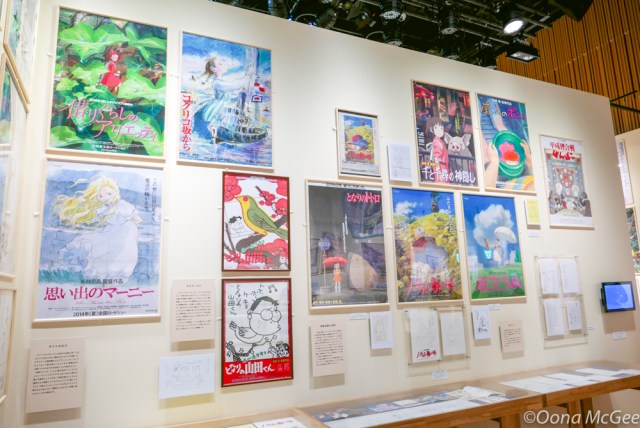
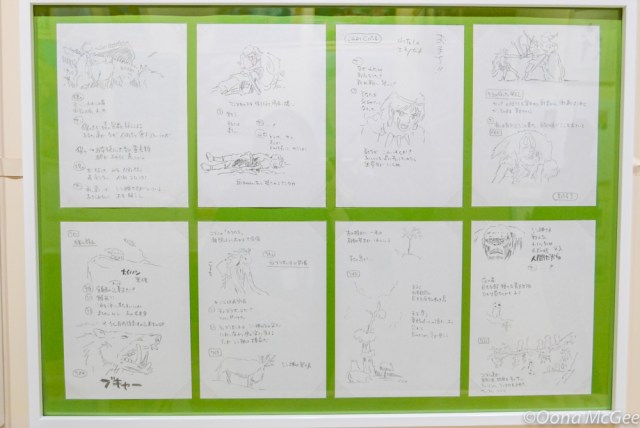
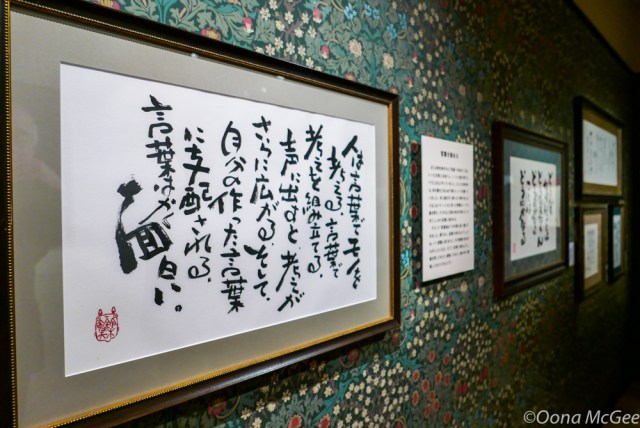
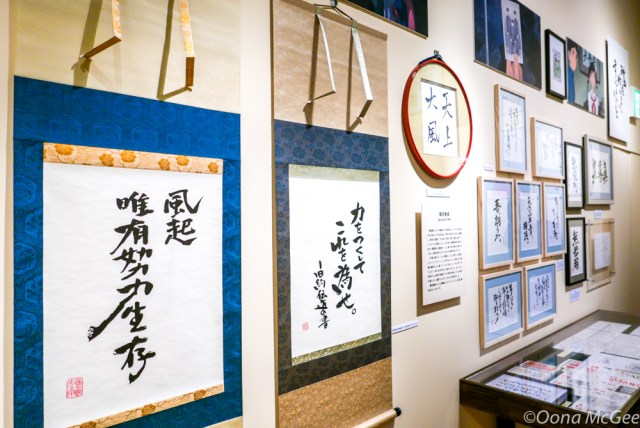
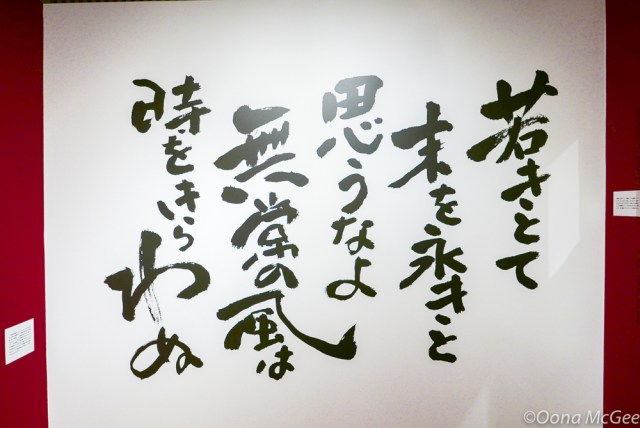
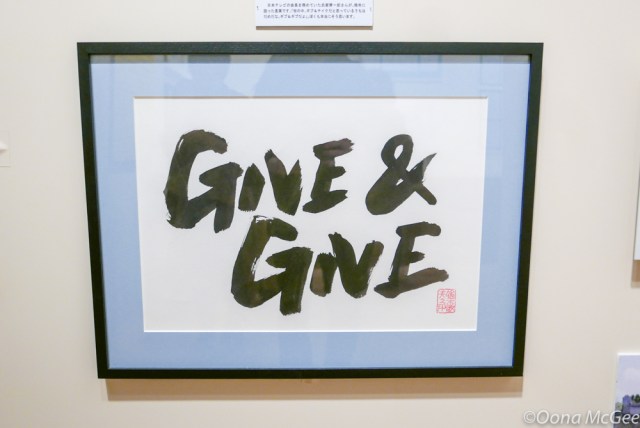
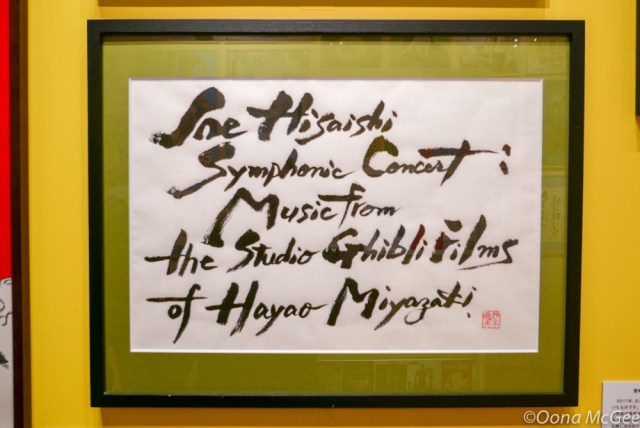
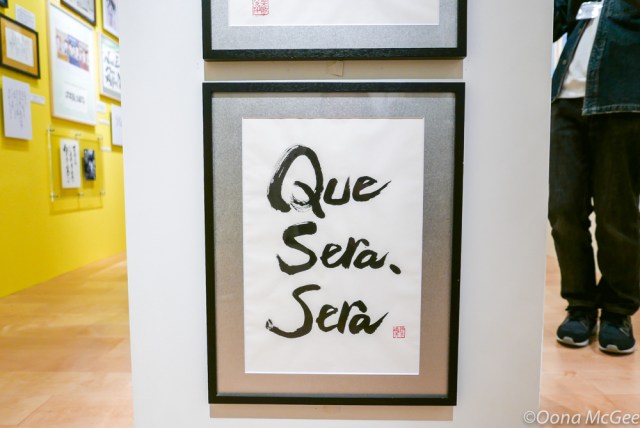
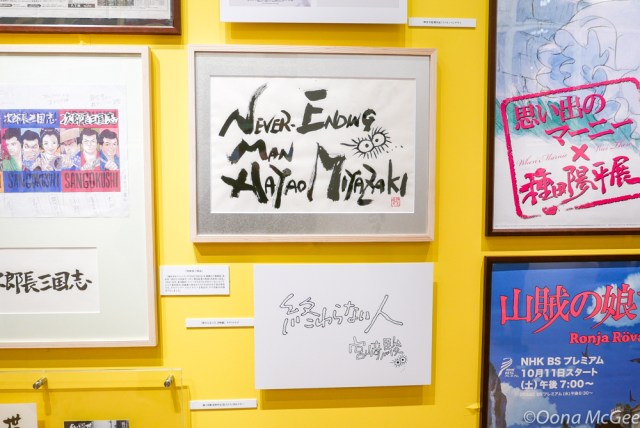
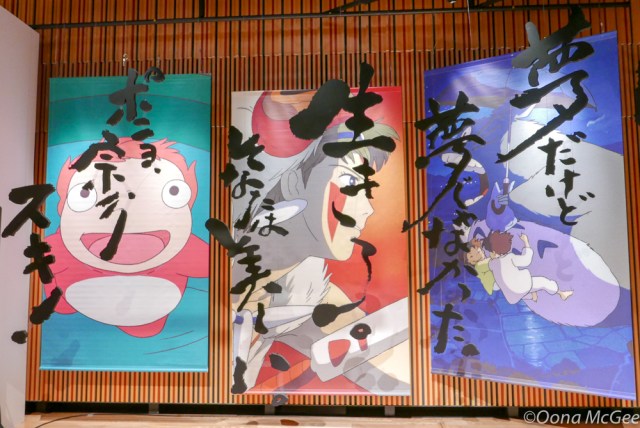

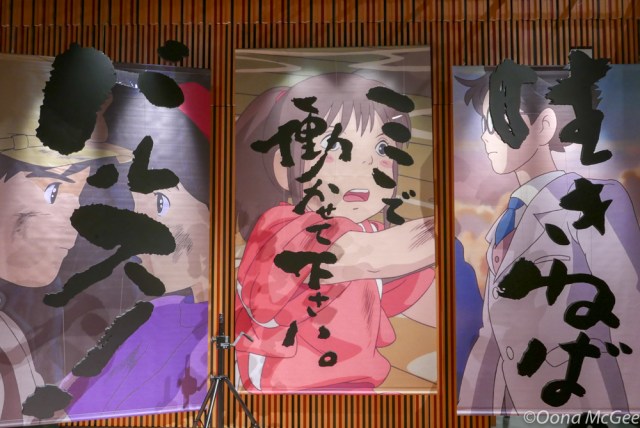
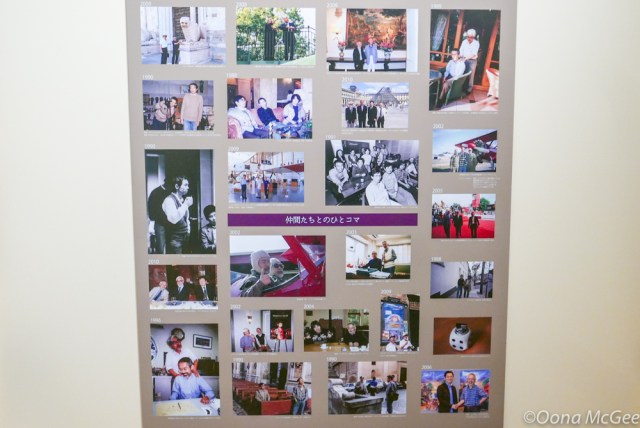

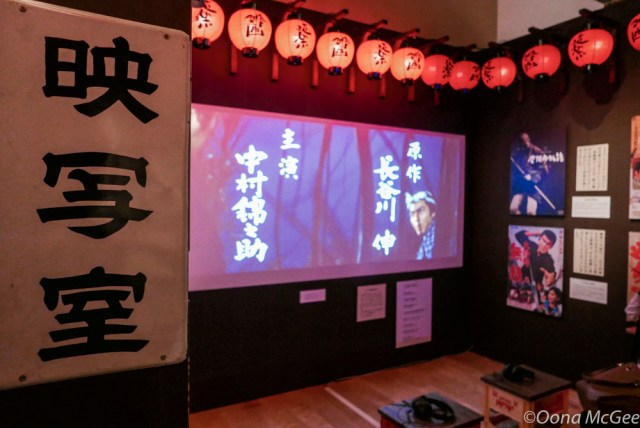
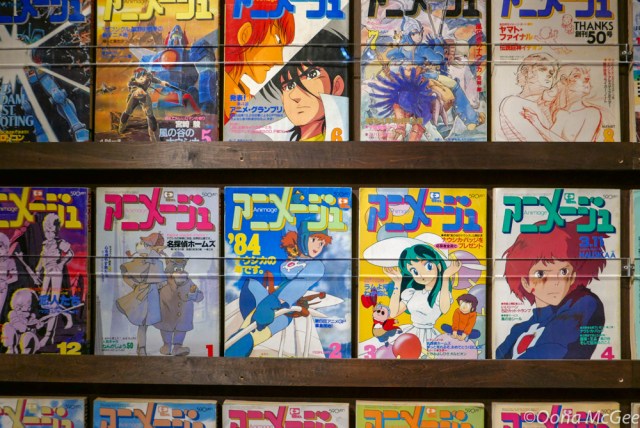

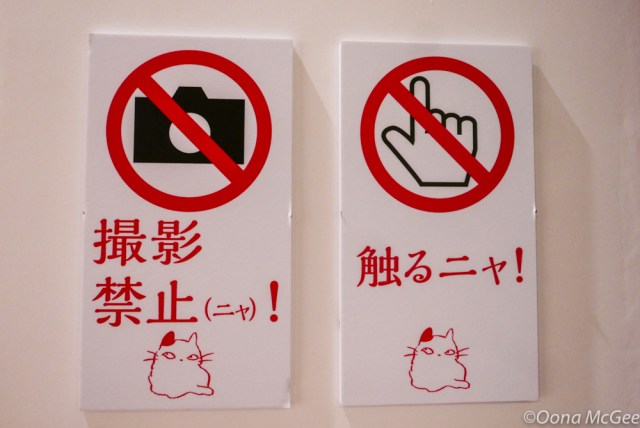
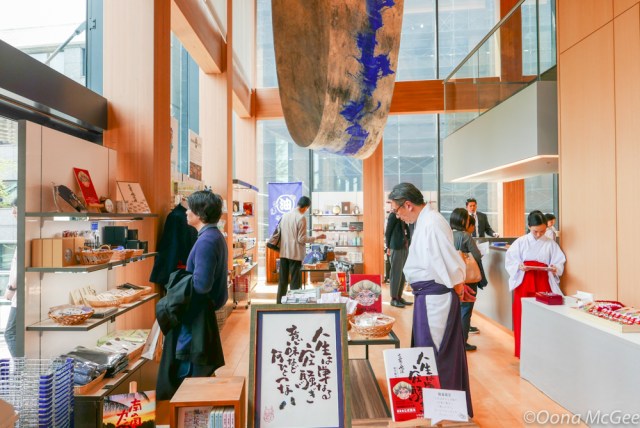
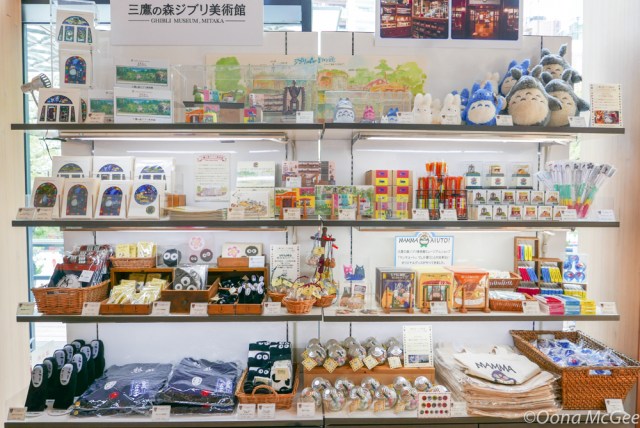
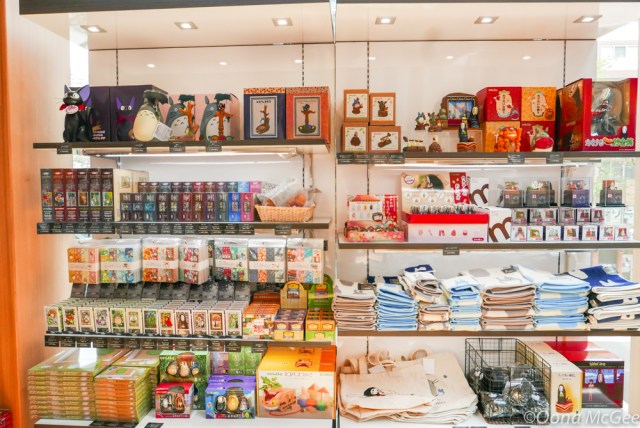
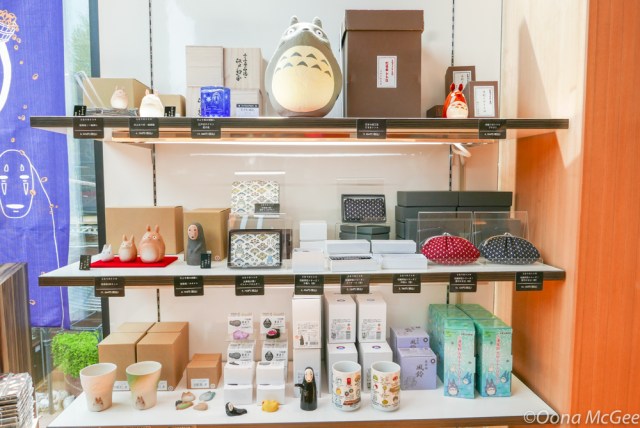
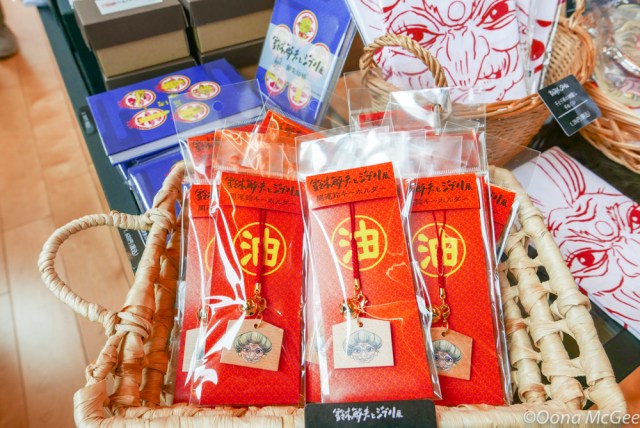
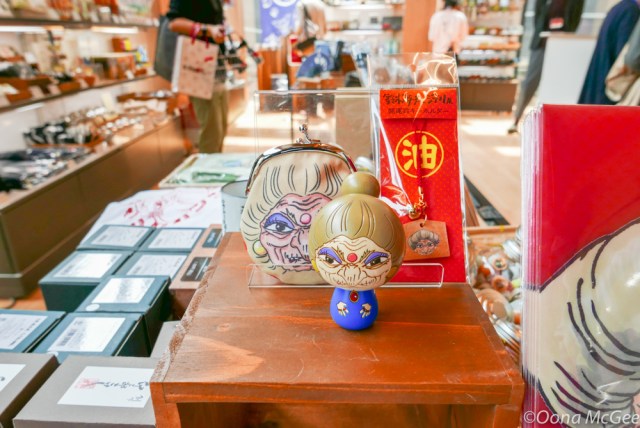
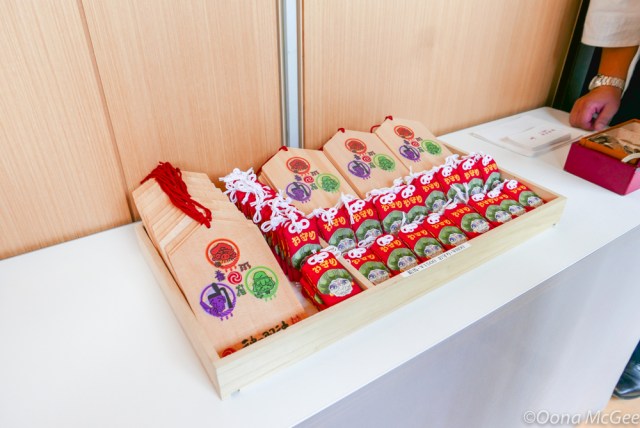

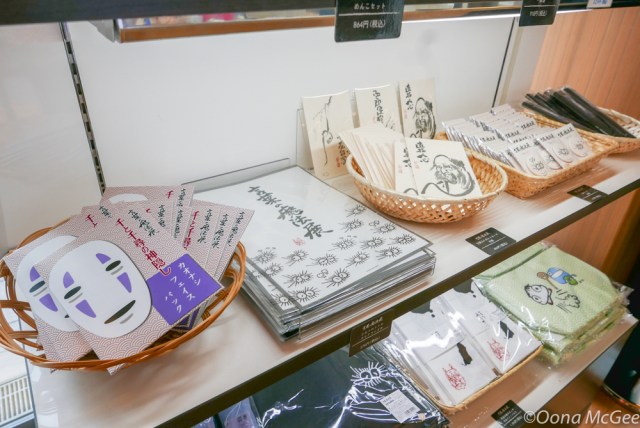
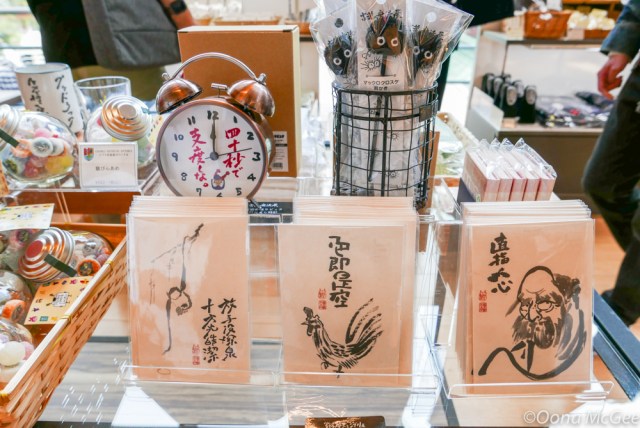
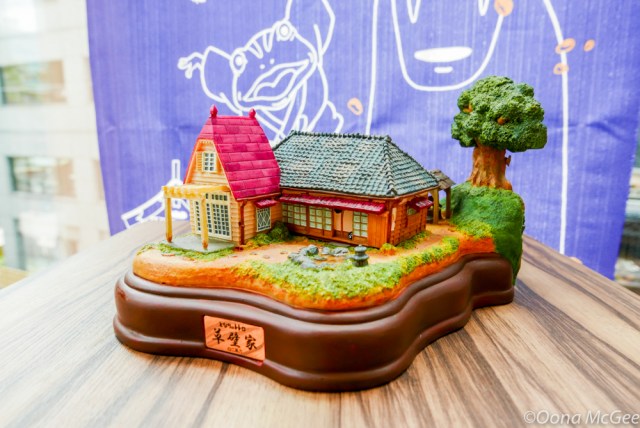
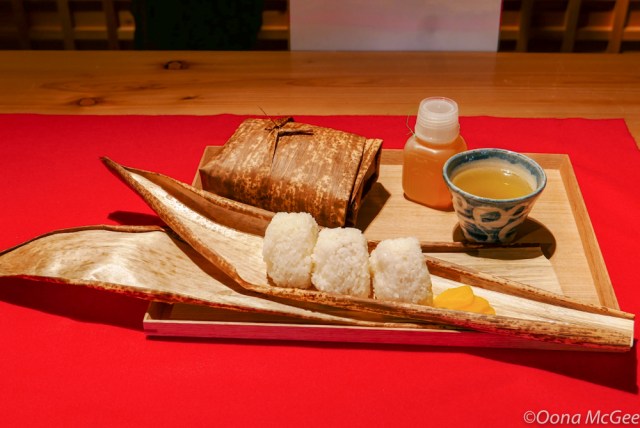
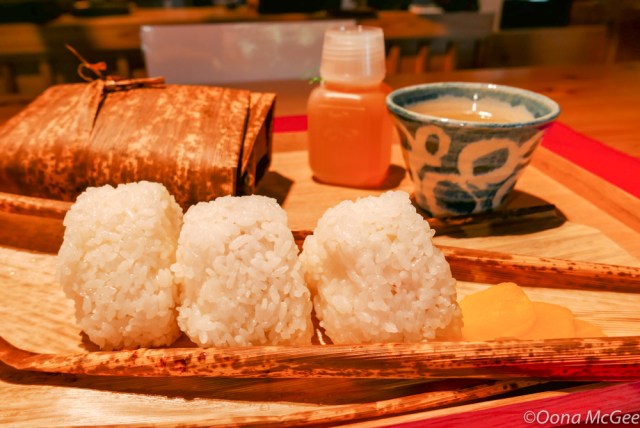
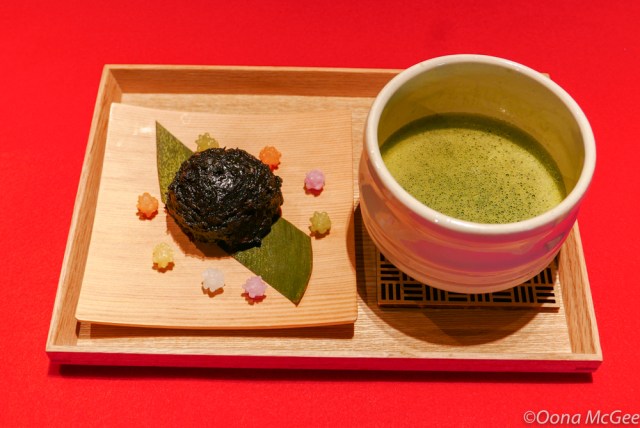
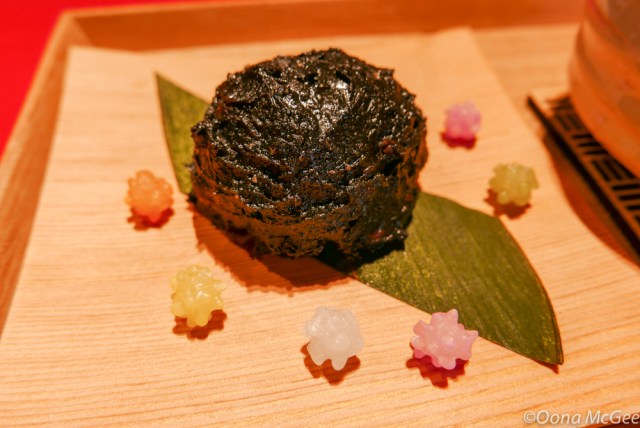
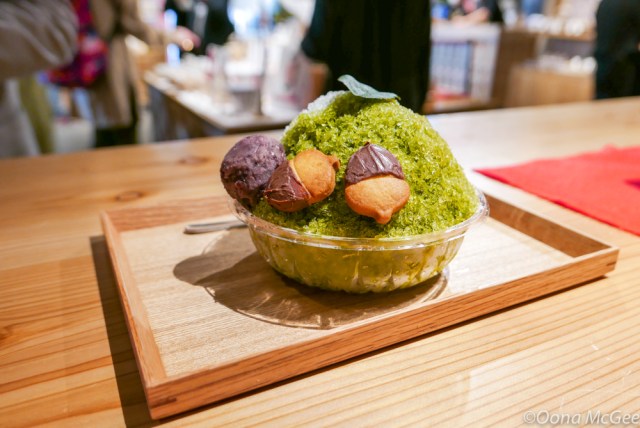
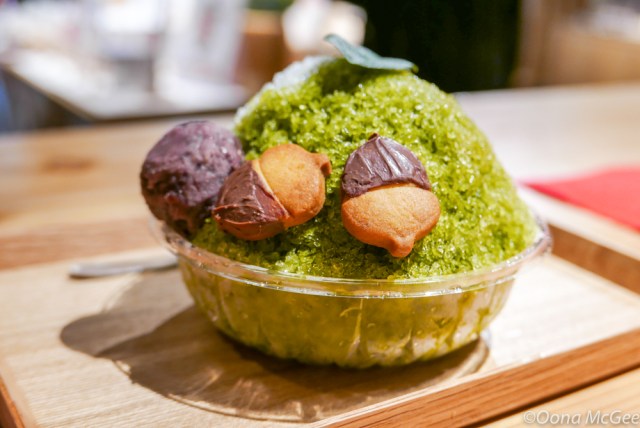
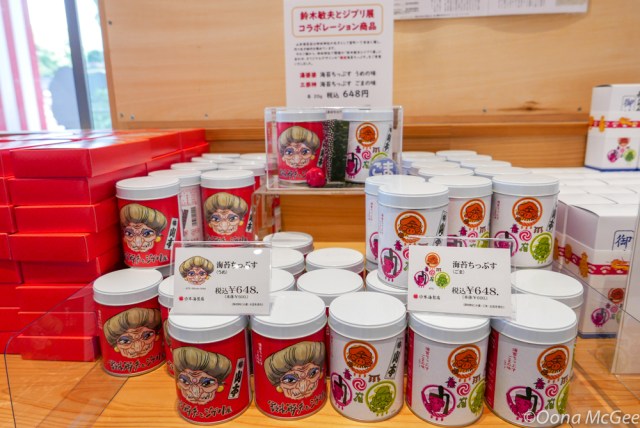
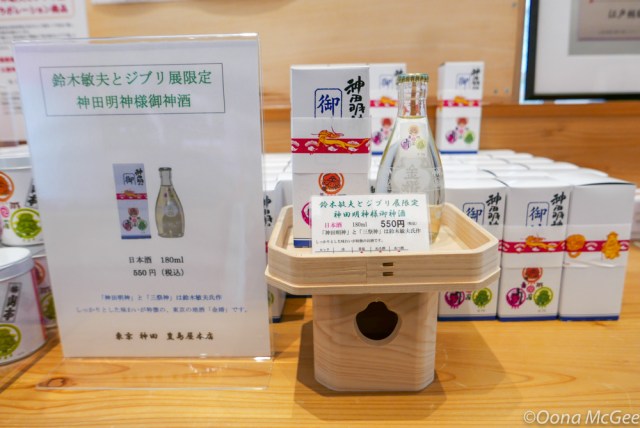
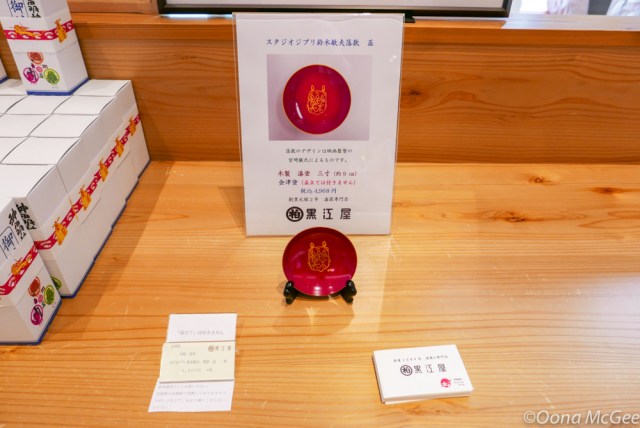
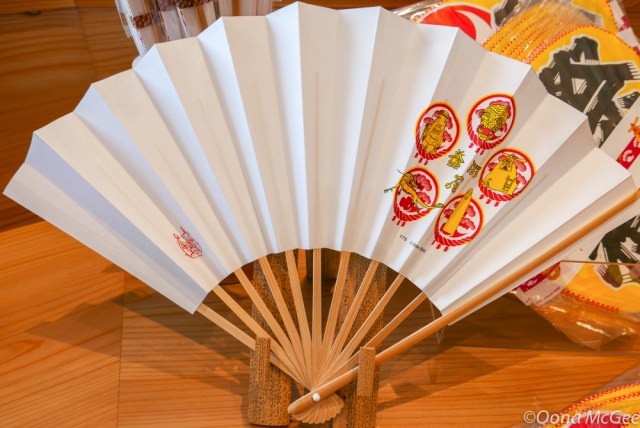
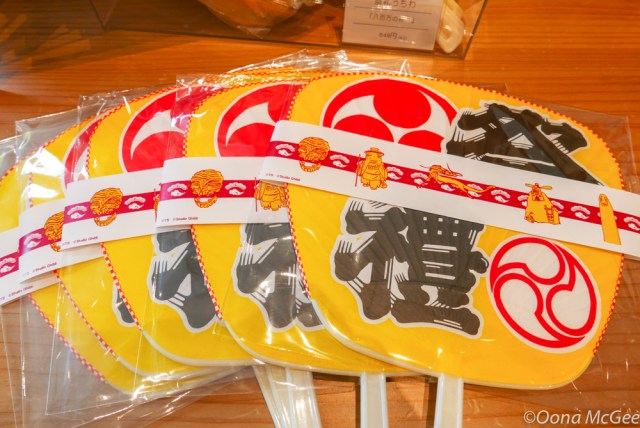
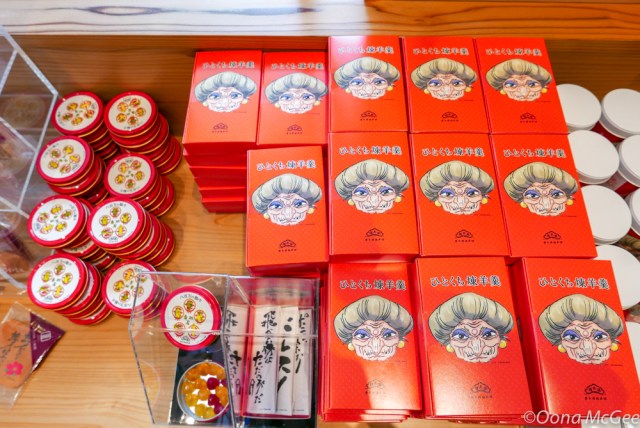
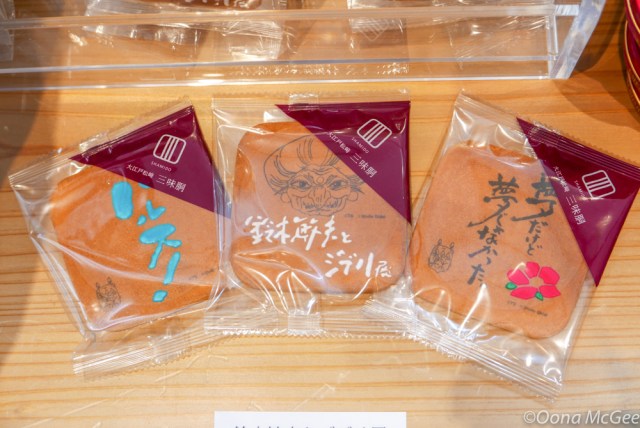
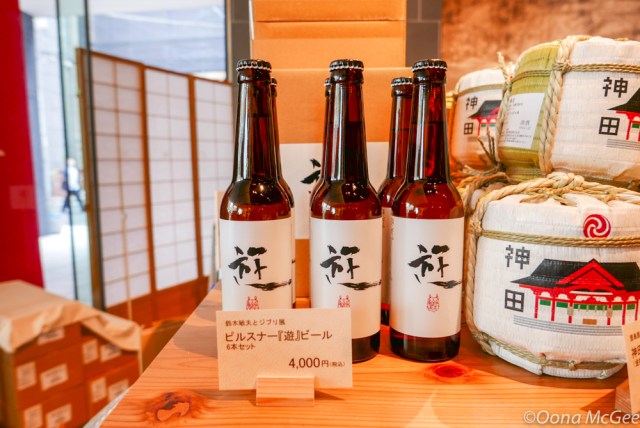
 Spirited Away meals and merchandise coming to new Studio Ghibli exhibition in Tokyo
Spirited Away meals and merchandise coming to new Studio Ghibli exhibition in Tokyo Studio Ghibli offers special Spirited Away present with Toshio Suzuki exhibition tickets in Tokyo
Studio Ghibli offers special Spirited Away present with Toshio Suzuki exhibition tickets in Tokyo Tickets on sale for exhibit of every book Ghibli producer has ever read, boyhood room recreation
Tickets on sale for exhibit of every book Ghibli producer has ever read, boyhood room recreation Japan has a Ghibli train where you can travel by the sea with Spirited Away’s No Face and Chihiro
Japan has a Ghibli train where you can travel by the sea with Spirited Away’s No Face and Chihiro Even Spirited Away’s Yubaba wants you to wear a mask for coronavirus safety
Even Spirited Away’s Yubaba wants you to wear a mask for coronavirus safety Japan’s new difficult-to-drink-from beer glass protects your liver, but it’s a brutal experience
Japan’s new difficult-to-drink-from beer glass protects your liver, but it’s a brutal experience How to order snacks on a Shinkansen bullet train in Japan
How to order snacks on a Shinkansen bullet train in Japan New Pokémon ice cream, dessert drinks, and cool merch coming to Baskin-Robbins Japan【Pics】
New Pokémon ice cream, dessert drinks, and cool merch coming to Baskin-Robbins Japan【Pics】 Demon Slayer: Kimetsu no Yaiba gets new roller coaster attractions and food at Universal Studios Japan
Demon Slayer: Kimetsu no Yaiba gets new roller coaster attractions and food at Universal Studios Japan Caffeinated ramen for gamers that you can eat with one hand going on sale in Japan
Caffeinated ramen for gamers that you can eat with one hand going on sale in Japan Burger King Japan suddenly adds Dr. Pepper and Dr. Pepper floats to its menu nationwide
Burger King Japan suddenly adds Dr. Pepper and Dr. Pepper floats to its menu nationwide “The most Delicious Cup Noodle in history” – Japan’s French Cup Noodle wins our heart【Taste test】
“The most Delicious Cup Noodle in history” – Japan’s French Cup Noodle wins our heart【Taste test】 New samurai glasses are Japan’s latest weird must-have souvenir
New samurai glasses are Japan’s latest weird must-have souvenir Doraemon found buried at sea as scene from 1993 anime becomes real life【Photos】
Doraemon found buried at sea as scene from 1993 anime becomes real life【Photos】 Hello, cosmetics! Clinique teams up with Hello Kitty this summer for first-time collaboration
Hello, cosmetics! Clinique teams up with Hello Kitty this summer for first-time collaboration Nintendo history you can feel – Super NES, N64, and GameCube controllers become capsule toys
Nintendo history you can feel – Super NES, N64, and GameCube controllers become capsule toys Starbucks releases a cute Frappuccino and Unicorn Cake…but not in Japan
Starbucks releases a cute Frappuccino and Unicorn Cake…but not in Japan Kyoto Tower mascot termination reveals dark side behind cute Japanese characters
Kyoto Tower mascot termination reveals dark side behind cute Japanese characters McDonald’s Japan’s Soft Twist Tower: A phantom ice cream only sold at select branches
McDonald’s Japan’s Soft Twist Tower: A phantom ice cream only sold at select branches Yabai Ramen: What makes this Japanese ramen so dangerous?
Yabai Ramen: What makes this Japanese ramen so dangerous? Finally! Nintendo Japan expands Switch 8-bit controller sales to everybody, Online member or not
Finally! Nintendo Japan expands Switch 8-bit controller sales to everybody, Online member or not Japanese government wants to build luxury resorts in all national parks for foreign tourists
Japanese government wants to build luxury resorts in all national parks for foreign tourists To combat declining birth rate, Japan to begin offering “Breeding Visas” to foreigners
To combat declining birth rate, Japan to begin offering “Breeding Visas” to foreigners 10 things you should buy at 7-Eleven in Japan
10 things you should buy at 7-Eleven in Japan Studio Ghibli releases anime heroine cosplay dresses that are super comfy to wear
Studio Ghibli releases anime heroine cosplay dresses that are super comfy to wear Woman charged for driving suitcase without a license in Osaka
Woman charged for driving suitcase without a license in Osaka Studio Ghibli unveils My Neighbour Totoro miniature house model
Studio Ghibli unveils My Neighbour Totoro miniature house model Kyoto experiencing problems with foreign tourists not paying for bus fares, but not on purpose
Kyoto experiencing problems with foreign tourists not paying for bus fares, but not on purpose Fighting mild hunger with a Japanese soda that turns into jelly in the stomach【Taste test】
Fighting mild hunger with a Japanese soda that turns into jelly in the stomach【Taste test】 Studio Ghibli’s Howl’s Moving Castle tapestry unveiled in Japan for first time
Studio Ghibli’s Howl’s Moving Castle tapestry unveiled in Japan for first time McDonald’s new Happy Meals offer up cute and practical Sanrio lifestyle goods
McDonald’s new Happy Meals offer up cute and practical Sanrio lifestyle goods Sales of Japan’s most convenient train ticket/shopping payment cards suspended indefinitely
Sales of Japan’s most convenient train ticket/shopping payment cards suspended indefinitely Sold-out Studio Ghibli desktop humidifiers are back so Totoro can help you through the dry season
Sold-out Studio Ghibli desktop humidifiers are back so Totoro can help you through the dry season Japanese government to make first change to romanization spelling rules since the 1950s
Japanese government to make first change to romanization spelling rules since the 1950s Foreigner’s request for help in Tokyo makes us sad for the state of society
Foreigner’s request for help in Tokyo makes us sad for the state of society Ghibli founders Toshio Suzuki and Hayao Miyazaki contribute to Japanese whisky Totoro label design
Ghibli founders Toshio Suzuki and Hayao Miyazaki contribute to Japanese whisky Totoro label design Tokyo’s most famous Starbucks is closed
Tokyo’s most famous Starbucks is closed Princesses, fruits, and blacksmiths: Study reveals the 30 most unusual family names in Japan
Princesses, fruits, and blacksmiths: Study reveals the 30 most unusual family names in Japan Studio Ghibli theme park: New details include official park logo drawn by director Hayao Miyazaki
Studio Ghibli theme park: New details include official park logo drawn by director Hayao Miyazaki Yubaba and Zeniba pen stands from Studio Ghibli capture the magic of Spirited Away
Yubaba and Zeniba pen stands from Studio Ghibli capture the magic of Spirited Away Spirited Away witch Yubaba takes over containers of one of Japan’s favorite puddings
Spirited Away witch Yubaba takes over containers of one of Japan’s favorite puddings New Ghibli art exhibit lets you step into the studio’s anime posters. Sea of Corruption【Photos】
New Ghibli art exhibit lets you step into the studio’s anime posters. Sea of Corruption【Photos】 Studio Ghibli producer shows us how to draw Totoro【Video】
Studio Ghibli producer shows us how to draw Totoro【Video】 Ghibli Park: Opening date, first photos, and a new promo video produced by Studio Ghibli!
Ghibli Park: Opening date, first photos, and a new promo video produced by Studio Ghibli! Studio Ghibli producer dishes the dirt on Hayao Miyazaki, Your Name, and their next big project
Studio Ghibli producer dishes the dirt on Hayao Miyazaki, Your Name, and their next big project Spirited Away’s No-Face, Yubaba appear in seaside park in Japan as Ghibli museum exhibit opens 【Vid】
Spirited Away’s No-Face, Yubaba appear in seaside park in Japan as Ghibli museum exhibit opens 【Vid】 Totoro beer? Hayao Miyazaki draws new version of anime icon for Japanese craft beer label
Totoro beer? Hayao Miyazaki draws new version of anime icon for Japanese craft beer label Ghibli founders Toshio Suzuki and Hayao Miyazaki contribute to Japanese whisky Totoro label design
Ghibli founders Toshio Suzuki and Hayao Miyazaki contribute to Japanese whisky Totoro label design “Selfish” Studio Ghibli producer apologizes while announcing price reduction for art exhibit
“Selfish” Studio Ghibli producer apologizes while announcing price reduction for art exhibit Studio Ghibli co-founder Toshio Suzuki receives lifetime achievement honor at Annie awards
Studio Ghibli co-founder Toshio Suzuki receives lifetime achievement honor at Annie awards New Studio Ghibli Spirited Away merchandise: Golden amulets tell fortunes from No Face’s belly
New Studio Ghibli Spirited Away merchandise: Golden amulets tell fortunes from No Face’s belly Hayao Miyazaki is getting worried about how his new anime is being marketed, Ghibli producer says
Hayao Miyazaki is getting worried about how his new anime is being marketed, Ghibli producer says Can you really learn to draw Totoro from that 61-second Studio Ghibli producer video?【Experiment】
Can you really learn to draw Totoro from that 61-second Studio Ghibli producer video?【Experiment】
Leave a Reply